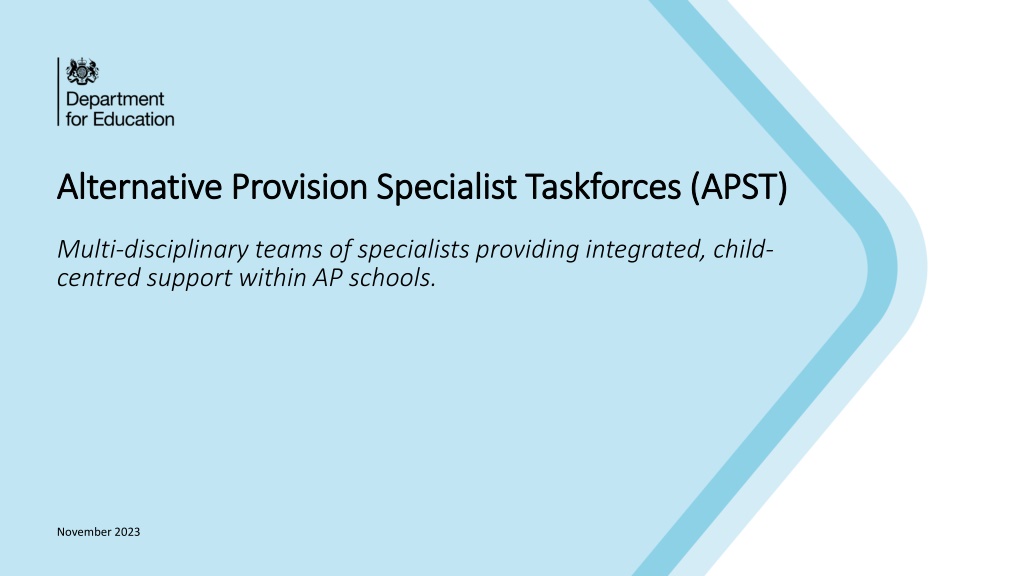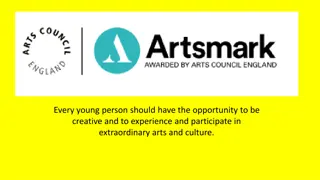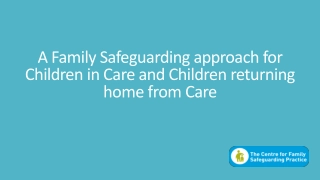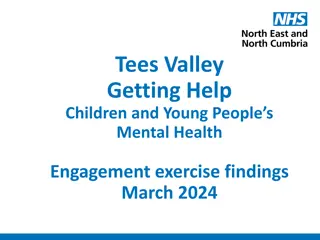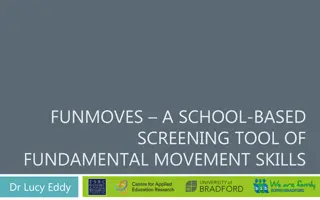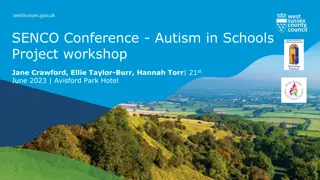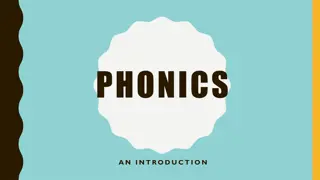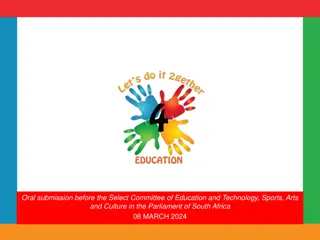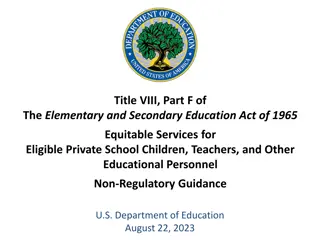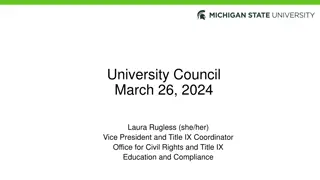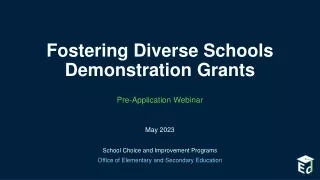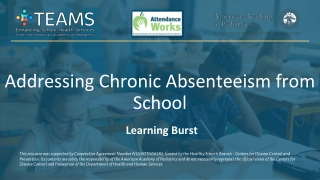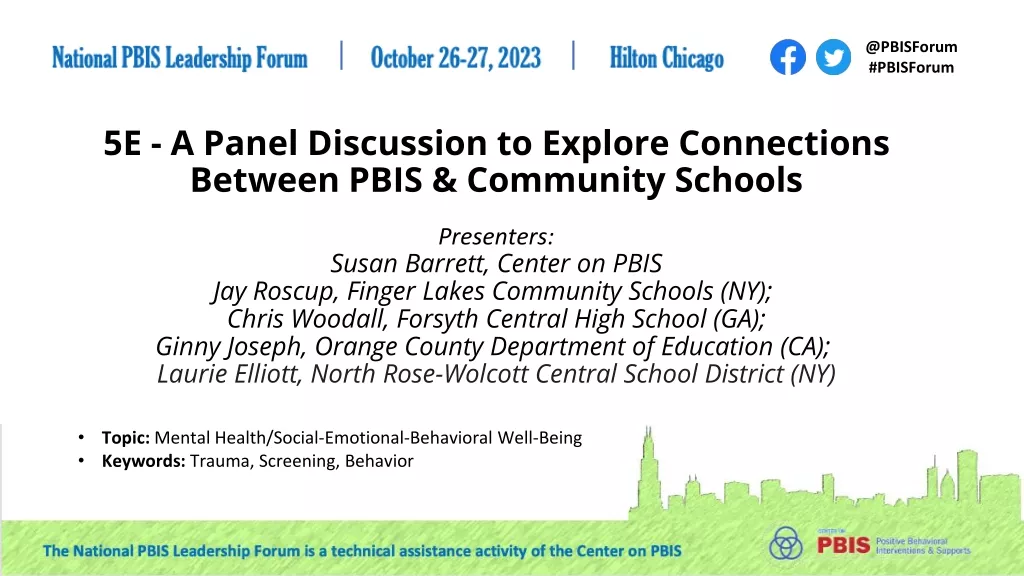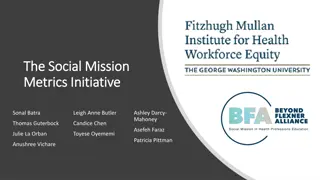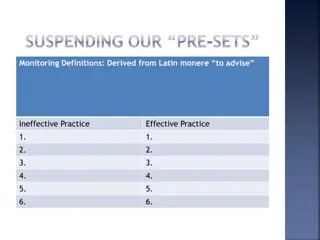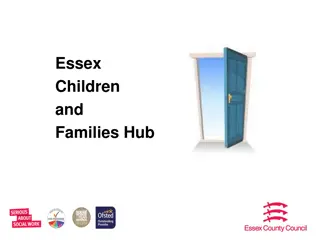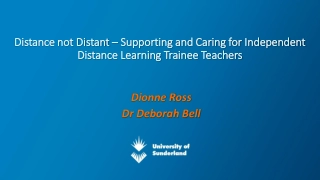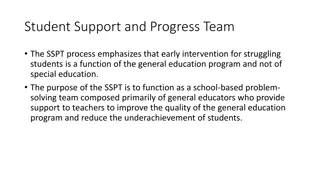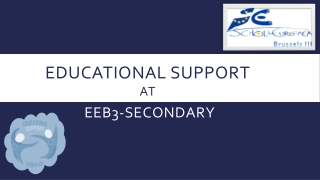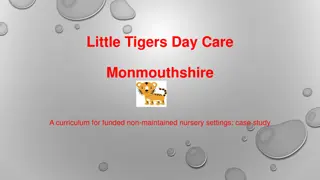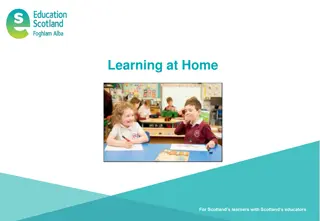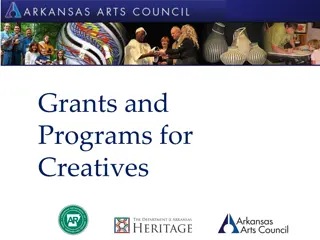Enhancing Support for Children in Alternative Provision Schools through APST Taskforces
APST Taskforces are multi-disciplinary teams of specialists introduced to better meet the complex needs of children in Alternative Provision (AP) schools in England. By providing integrated, child-centered support, APST aims to reduce risks, improve outcomes, and bridge the gap between services and children in AP. Through targeted interventions and collaborative efforts across various sectors, APST is transforming the way children access key specialists and services, ultimately leading to improved educational and social outcomes.
Download Presentation
Please find below an Image/Link to download the presentation.
The content on the website is provided AS IS for your information and personal use only. It may not be sold, licensed, or shared on other websites without obtaining consent from the author. Download presentation by click this link. If you encounter any issues during the download, it is possible that the publisher has removed the file from their server.
- APST Taskforces
- Alternative Provision Schools
- Multi-disciplinary Teams
- Child-centered Support
- Education Reform
Presentation Transcript
Alternative Provision Specialist Taskforces (APST) Alternative Provision Specialist Taskforces (APST) Multi-disciplinary teams of specialists providing integrated, child- centred support within AP schools. November 2023
Why APST What is APST AP reform Achievements Evaluation APST was introduced to test how to better meet AP pupils complex needs and improve their outcomes, changing how they access key specialists and services. The acute needs and poor outcomes of children in AP means the right targeted support is essential. The aim of APST is that with joined up support, needs and risks are reduced. Help for children in AP has often been fragmented or too late. By the time they reach AP, their needs can be acute and complex. The central premise of APST is bringing specialists and services to children in a joined-up way rather than the other way around. In England, of those pupils whose main school registration was in state place-funded AP (in the latest Academic Year for which data is published): 83% had been identified with a special educational need (SEN) Compared to 15% who had been identified with SEN in state-funded secondary schools 26% had an Education, Health and Care (EHC) plan The APST programme was introduced in 2021, in 22 areas in England. It is a collaborative pilot, involving partners across health, justice, social care and youth work. Compared to 2% in state-funded secondary schools 58% were known to be eligible for Free School Meals Compared to 23% in state-funded secondary schools 69% had been a Child in Need in the past 6 years. 8% had been looked after (2018/19 only) Compared with 11% and 1% respectively in state-funded secondary schools Multi-disciplinary teams (or taskforces) of specialists have been established within each area s largest AP school (in a range of AP school types). 59% entered sustained post-16 education, training or employment in 2020/21 Compared to 94% of pupils from mainstream schools 29% of children who were cautioned or sentenced for an offence had ever attended AP, and 14% of children who were cautioned or sentenced for a serious violence offence had ever attended AP. 2
Why APST What is APST AP reform Achievements Evaluation APST brings together different services across education, youth work, health, justice and social care to work more effectively with children accessing AP. The approach draws on the available evidence and has the following core components: Example taskforce: the team of at least 4 different specialists (led by a taskforce manager) in each APST reflect the needs of the school s children location in AP schools, where pupils have some of the most acute need and for whom traditional referral services are likely to be less appropriate co-located teams led by a skilled Taskforce Manager, sharing specialist knowledge, providing co-ordinated support on-site presence enabling specialists to better understand young people s needs and build trusted relationships specialists who can be responsive to children s needs and can coordinate across services Specialists bridge the gap between their home service and the AP. 3
Why AP What is APST AP reform Achievements Evaluation APST is a model of specialist workforce located within AP, enabling implementation of the SENDAP Improvement Plan s three-tier AP model, ensuring AP is used effectively as an intervention and not just a destination. TIER 2 TIER 3 TIER 1 Targeted support in mainstream schools Time-limited placements Transitional placements Delivered in partnership with local services, including multi-disciplinary teams like AP Specialist Taskforces AP specialists building capacity within mainstream schools to identify and address challenging behaviour earlier. AP schools will share their expertise as well as provide crisis management and longer-term 1-to-1 and group support for at-risk pupils. Longer term placements for children, typically entering in KS4, who will not return to mainstream and are supported to make a suitable post-16 destination. Targeted turnaround short term placements in AP schools, where the AP multi-disciplinary team can assess and resolve barriers to education to enable effective reintegration to mainstream. AP schools will help young people secure good quality qualifications to help them progress into education or employment Helps gets pupils back on track and provides support for return to previous mainstream school. This would deliver improved outcomes in mainstream without the need to move to AP 4
Why AP What is APST AP reform Achievements Evaluation An independent evaluation of APST is ongoing, but DfE collected metrics and case studies to date show early positive indications for pupil outcomes, and the perceived benefits of greater strategic join up across APs, services and mainstream schools. The work of the taskforce makes a huge difference for pupils. Experts in speech and language, mental health, youth justice and youth working form a highly effective and efficient partnership. They quickly identify the specific needs of pupils. They help pupils and their families to understand why pupils might have found things difficult in the past. Pupils get the right support to be successful. Over 3,600 children have been supported since the start of the programme in November 2021 to end August 2023. Specialists have provided >163,000 hrs of support since APST began. The great majority of this support has been in the form of direct intervention with students and families. Ofsted report of a pilot school Out of the 1559 individual students who were supported between June- Aug 2023 only 7 (0.4%) students were offered intervention but refused support. As services, we just need to work a little differently and more creatively to ensure that we provide this support in a way that works for these children Total number of hours spent on direct intervention (by type) across all APs in Summer term 2023 (June-August) My youth worker has really helped me with wanting to come to school. Before I did not want to come in because I didn t see the point. He gives me rewards which give me something to work towards. He helped me get into college for next year too. 1-2-1 Work 6579 Work with other specialists/ professionals Outside of school hours (e.g. community work) 4330 Feedback to DfE from pupil in a pilot school 2692 Work with families 2484 We have learned how, with the correct specialist support available at the right time, we can really turn a situation around for a child quickly. Small group work 2446 CAMHS senior practitioner in a pilot school Staff training 749 Feedback to DfE from a pilot school 5
Why AP What is APST AP reform Achievements Evaluation Taskforce Interventions: Case study provided to DfE: Louis (pseudonym) Our Social Worker worked with Louis and mum, offering a support package through the APST programme and enabling Louis to still enter his exams. We offered 1- 2-1 mentoring in addition to his core lessons, assessment from our Speech and Language Therapist, time with our Educational Psychologist to explore how Louis had become involved with the incidents resulting in his exclusion, as well as offering appointments with our Post-16 Support to explore his future options. Outcomes: Louis fully embraced and engaged with all the specialists. He shared that despite his mistakes, he felt valued and supported because the Taskforce showed him why his aspirations were so important. Louis identified himself that he would benefit from learning more directly from Youth Justice about how serious and detrimental consequences to behaviours could be and the impact of this. Louis has now returned to mainstream school and is settling in well. Mum shared how grateful she is that Louis had been given the opportunity to access the incredible support and intervention from such an excellent team of Specialists. Mum said that without the APST pilot, her son would not have been able to access the help he really needed. As a school, we have developed a positive partnership with Louis' mainstream school. We have learned how, with the correct specialist support available at the right time, we can really turn a situation around for a child quickly. Presenting difficulties and challenges: Louis came to us following multiple permanent exclusions. At our initial meeting, conversations with mum revealed the extent of Louis' difficult home life. Recent events with Louis dad, had meant a move out of the area to inadequate accommodation where Louis and his siblings currently sleep on the floor. Mum said she was worried about who Louis was mixing with socially. Louis had disclosed to us that he had recently had both of his hands broken by people in the community, after he threw away a package he had been asked to take care of. Louis had also been involved in the extortion of money from younger students, with a peer that had recently been stabbed. Louis shared that he was devastated about being permanently excluded from School. He was worried about how he was going to get back on track, and into a post-16 placement that would enable him to study medicine. APST enabled a bespoke plan for a student who had fallen off track. The Taskforce worked to discover his aspirations and supported Louis to engage within all learning and embrace education. The team supported Louis in writing an apology to the head of his previous school, following which he was invited to a meeting and given another chance at mainstream school. Louis was delighted to share that he was going back, and he was incredibly thankful for all the support, nurture, love, kindness, and guidance that he had received whilst he was with us. The taskforce worked with Louis and mum to help with the transition. 6
Why AP What is APST AP reform Achievements Evaluation Background RAND Europe, FFT Datalab and the University of Westminster are conducting an independent evaluation of the APST pilot which was commissioned and is funded by the Youth Endowment Fund (YEF). The APST pilot was initially planned to run from September 2021 to August 2023, and the evaluation to cover these two AYs. However, in January 2023, delivery of the pilot was extended to conclude in March 2025. YEF commissioned and is funding an evaluation of part of the delivery extension period, from September 2023 to August 2024. Methods Observation of Programme Board / other meetings Interviews with school leaders The evaluation has 3 parts to it 1. Process evaluation to understand the implementation of APST for schools, staff, the DfE and local areas Interviews with DfE and wider stakeholders Survey of APST staff and SLT at schools 2. Impact evaluation Quasi-Experimental Design (QED) using Difference-in- Differences (DiD) to estimate the impact of APST on pupil outcomes Review of admin data from DfE and other sources Case studies 3. Economic evaluation to understand the cost of delivering APST for government Collection of pupil data from schools i.e., SDQs (for AY1 & AY2 of delivery only)
Why AP? What is APST AP reform Achievements Evaluation Impact evaluation of AY1/AY2 Impact evaluation of AY3 HOW WILL THIS DATA BE CAPTURED? More on the impact evaluation Primary outcomes Initial post-16 participation for students for year 11 Initial post-16 participation for years 10 & 11 Via the School Census Reintegration into mainstream education for years 7 to 10 Reintegration into mainstream education for years 7 to 9 Intervention group Secondary outcomes Social and emotional wellbeing and conduct and hyperactivity for years 7 to 11 N/A APST participating and the subset of non-participating schools conduct SDQs and baseline and endline scores are compared Cohort 1: all Y7-Y11s in the 22 participating AP schools in AY 21/22 Cohort 2: all Y7-Y11s in the 22 participating AP schools in AY 22/23 Cohort 3: all Y7-Y11s in the 22 participating AP schools in AY 23/24 Sustained post-16 participation in education or training for year 11 Same Via the School Census KS4 English and maths score for year 11 Same versus Rate of attendance for years 7 to 10 Same Comparison group Participation in state-funded education for years 7 to 11 Same All non-participating APs (c.270-300 schools) for outcomes measured using admin data A subset of non-participating APs within areas for which the serious violence score is close to the cut-off for APST eligibility for outcomes measured by primary data collection N/A Initial post-16 participation for year 11 two AYs later Reintegration into mainstream for years 7 to 9 two AYs later KS4 English and maths scores for year 10 at the end of their year 11 Rate of attendance for years 7 to 9 two AYs later
Why AP What is APST AP reform Achievements Evaluation Reporting June 2025 Process, impact and cost evaluation findings for AY1 & AY2 July 2026 Process, impact and cost evaluation findings for AY3
